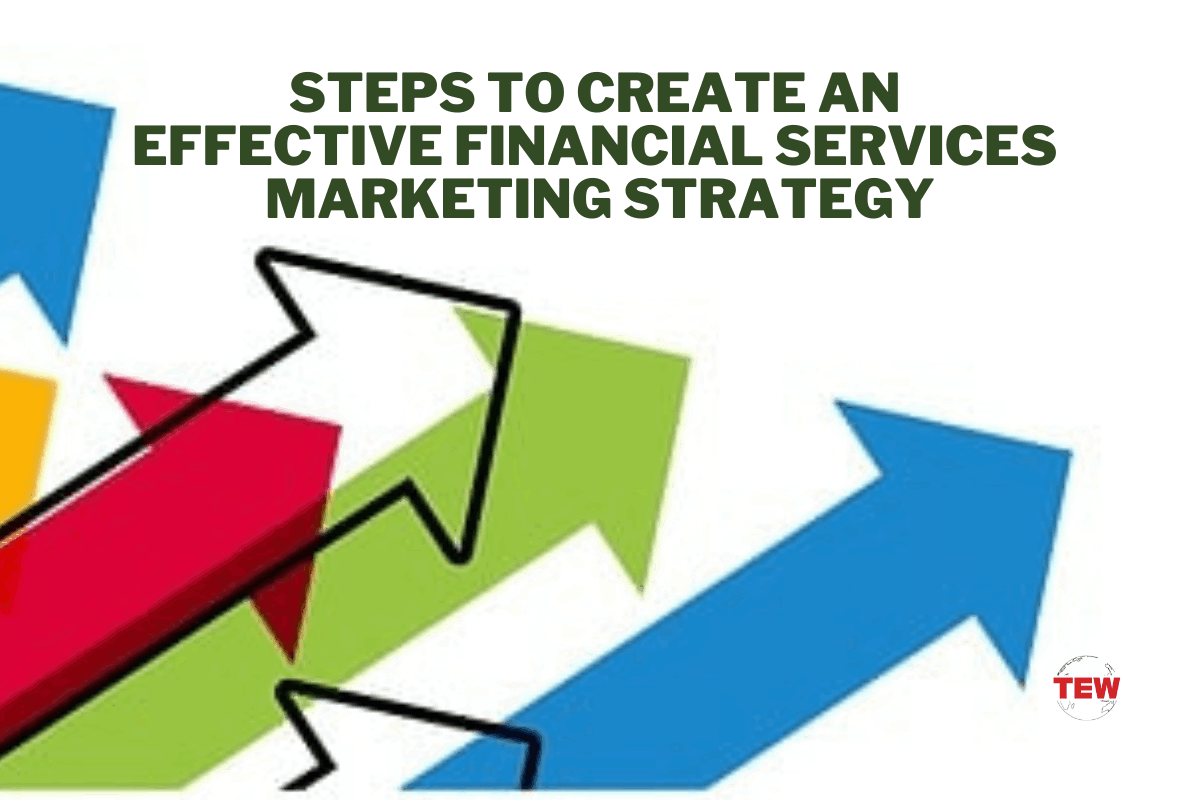The process of developing a financial services marketing plan is simple. Define your distinctive value proposition, choose your target market, and clarify your main messaging on problems, features, and benefits. Then you can get approved by compliance and distribute marketing campaigns via an Omni channel communications strategy where your ideal client interacts. There are countless marketing plan templates available online, and it’s so simple. Select one and complete it.
Financial services marketing experts use a variety of marketing strategies to bring in new clients or keep hold of current ones. This practice is referred to as financial services marketing.
6 Steps to Create an Effective Financial Services Marketing Strategy:
1. Create Frictionless Website
What does the term “frictionless” mean? First, you must offer an outstanding user experience, by which we mean (UX).
A user’s entire contact with a website is the user experience. According to 83% of consumers, a strong website user experience is crucial when selecting a provider of financial services. This covers the material, colors, design, and how customers engage with the business. Therefore, your website should leave visitors completely delighted.
Your overall design comes first. People are critical and judgmental. Users create an opinion about your website in 0.5 seconds after it loads. In addition, 75% of people have made business decisions based on the appearance of a website.
All visual elements of your websites must be customized to psychologically promote authority, trust, and friendliness because this occurs subconsciously. Colors, shapes, images, text fonts, and calls to action must serve a function to be visually appealing.
2. Stay Active in the Market
A common problem in financial organizations is trying to expand into everything or serve everyone. Everyone wants to have the opportunity to improve, after all. These marketing strategies fall apart from the inside. “The specialist always wins” is a golden rule of branding.
Choose a market to concentrate on and over-resource your marketing approach if you want to succeed. As mentioned earlier, an industry, customer, solution, capability, region, mentality, or a mix of those can be your area of emphasis. Select one and declare ownership of it as your company’s objective.
To effectively choose your area of emphasis, you’ll need to harness the power of statistics. This data informs understanding of market trends and consumer behaviors, allowing you to tailor marketing efforts successfully. Learn more here about using a data-driven approach for your company.
3. Host Educational Webinars
Webinars are an efficient way to generate leads, particularly for B2B companies. In addition, 73% of B2B marketers believe webinars may help them develop high-quality leads. Additionally, since the coronavirus outbreak, the use of webinars has doubled.
Because they provide a fantastic approach to establishing trust and authority among your audience, webinars are a preferred channel for many marketers. However, given that most consumers view financial institutions as formal, impersonal, and cold, the ability of financial institutions to present a more human face through a webinar session is significant.
Since they promise more value than most other marketing materials, webinars are a powerful approach to creating leads. If your webinar invitation captures a prospect’s interest, she’ll probably sign up for your webinar without giving it much thought.
Additionally, conducting a webinar presents a fantastic chance to get to know your audience. It is, after all, a close second to face-to-face communication. It provides a degree of spontaneity and encourages prospects to ask questions or voice issues that they otherwise wouldn’t have done in a different setting or on another platform.

4. Experiment with influencers
You don’t blame the dentist, but the messenger when 71% of consumers prefer to visit the dentist than hear what financial service businesses have to say. To expand your audience and make your brand hip, collaborate with influencers.
The majority of marketers in 2019 are familiar with social media influencers. Influencers are no longer considered a transitory phenomenon, as some individuals formerly believed they were. Companies involved in financial services marketing should pay more attention to influencers than marketers in any other sector.
Taking control of your financial life is difficult because of all its peculiarities, intricate financial possibilities, and jargon.
Marketers must turn to other channels to be heard due to the complex and dangerous connection between young consumers and financial institutions. And that’s where influencer marketing strategies are useful.
5. Automate Tasks and Use Big Data
Most financial institutions have access to more data than they can handle, but this is gradually changing. Utilizing and applying data as part of your financial services marketing plan is now simpler than ever, thanks to automation solutions and customer experience platforms. With Big data, you can identify and create opportunities for consumers. It can help you target specific customers for additional customer service or digital financial education, and it can help you reduce the amount of necessary customer service. For instance, you can gauge from big data whether a customer is saving money for an expensive purchase, and it would pre-approval for a loan.
Focus on Customer Outreach
One of the most traditional and straightforward marketing techniques banks and other financial institutions use is customer outreach. But it’s also one of the most successful. Customer outreach is reaching out to customers to address their current information, knowledge, and assistance requirements. You can use it for small businesses in the form of free consultations and webinars and more prominent organizations in the state of financial education, such as financial education in schools and debt management programs.
Conclusion
One thing about marketing trends never changes. A financial institution must understand how its fundamental organizational dynamics (i.e., BS of PS) affect the strategic decisions and implementation of the strategy to develop an effective marketing plan. For example, a company must create a system in crucial, upstream, and connected growth-building blocks to draw in new clients. The marketing strategy can then put these building parts together.
Now that you know the best financial services marketing techniques to increase the performance of your financial company, adopt these strategies and for your financial services marketing and promoting. You will find these helpful as numerous tech advancements are available that can reshape the banking industry.





